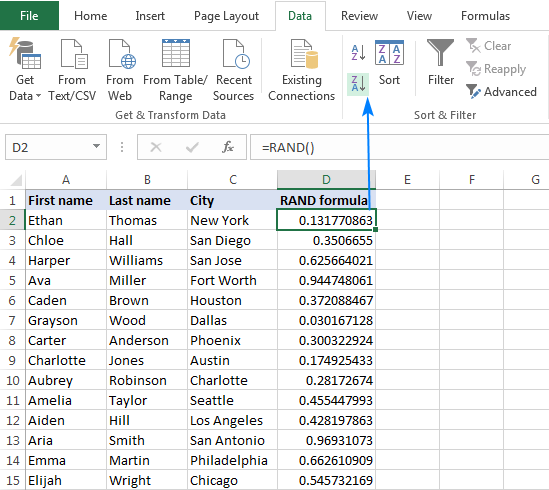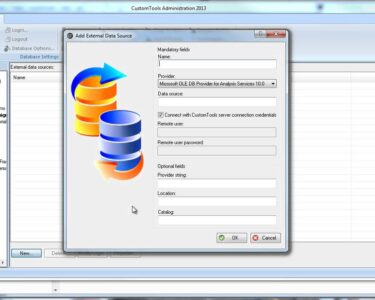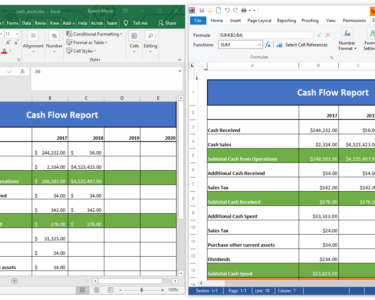
Microsoft Excel: Generating Random Data for Testing
Introduction
When conducting software testing, it’s often necessary to generate large amounts of random data to populate test cases. Microsoft Excel provides several built-in functions that can be used to generate various types of random data, including numbers, strings, and dates.
Generating Random Numbers
- RAND() Function: Generates a random number between 0 and 1, inclusive.
- RANDBETWEEN(a, b) Function: Generates a random integer between two specified values.
- RANDARRAY(rows, columns) Function: Generates an array of random numbers.
Generating Random Strings
- TEXTJOIN(, TRUE, RANDBETWEEN(1, 26)) Function: Generates a random string of characters with a specified length. The length is determined by the number of times the RANDBETWEEN function is repeated.
- CONCATENATE(RANDBETWEEN(65, 90), RANDBETWEEN(97, 122)) Function: Generates a random string of characters consisting of uppercase and lowercase letters.
Generating Random Dates
- RANDBETWEEN(DATE(1900, 1, 1), DATE(2023, 12, 31)) Function: Generates a random date within a specified range. The range is defined by the two DATE functions.
Examples
Example 1: Generating Random Numbers
=RAND()
=RANDBETWEEN(10, 100)
=RANDARRAY(5, 5)Example 2: Generating Random Strings
=TEXTJOIN(",", TRUE, RANDBETWEEN(1, 26))
=CONCATENATE(RANDBETWEEN(65, 90), RANDBETWEEN(97, 122))Example 3: Generating Random Dates
=RANDBETWEEN(DATE(1900, 1, 1), DATE(2023, 12, 31))Tips
- Use the F9 Key to Force Calculation: The RAND() function generates a new random number each time the worksheet is calculated. To force a recalculation and generate a new set of random data, press the F9 key.
- Copy and Paste Values: Once you have generated the random data, you can copy and paste the values into your test cases to populate them with representative data.
- Consider Using VBA Macros: For more complex data generation requirements, consider using VBA macros to automate the process and generate large amounts of data quickly and efficiently.
Conclusion
Microsoft Excel’s built-in random data generation functions provide a convenient way to create realistic and representative test data for software testing. By using these functions effectively, you can ensure that your test cases cover a wide range of scenarios and help identify potential defects in your software.


